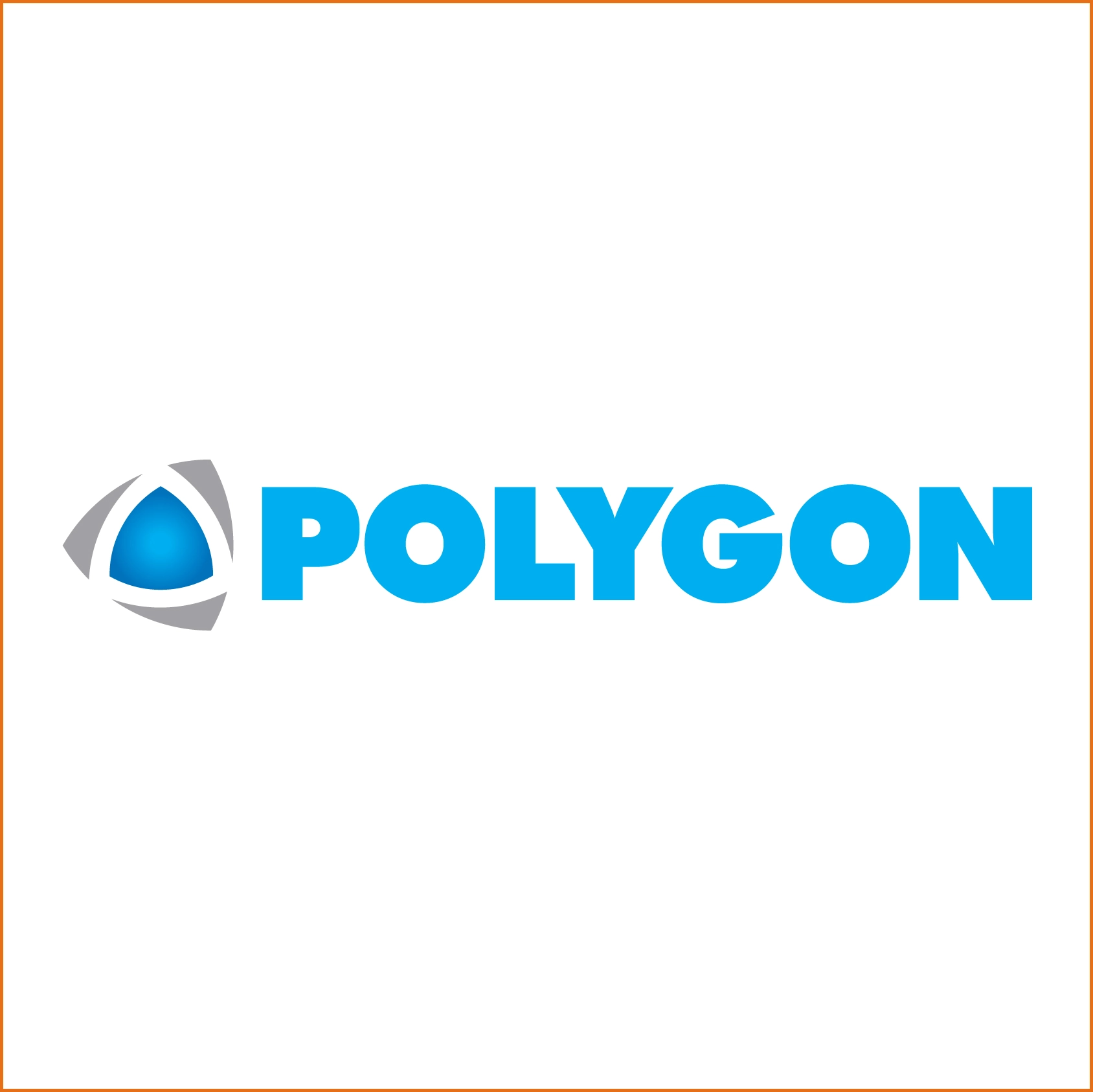Why Using Temporary Climate Systems During Construction Can Save Time and Money
A construction project is one of the most meticulously planned efforts you’ll ever see in business, but despite the best-laid plans, something you can’t plan for is variable weather conditions. Hot, cold, or damp — those conditions make construction challenging for workers on-site, can cause delays, and create problematic condensation and high humidity in construction areas.
In this episode of the Building Management podcast brought to you by MarketScale, host Sean Heath sat down with Tim Young, business development specialist at Polygon to discuss how important a controlled environment is on construction sites.
“Not only does temperature affect workers health and safety, moisture on a job site can slow down the progress of the construction,” Tim said.
But the challenge comes when deciding to use a temporary climate solution or use the building’s permanent HVAC unit.
“A permanent HVAC is not designed to be used during construction when there’s a lot of dust and fine particles that can get into the system,” Tim said. “For example, the motors on a HVAC system — when they’re not filtered properly and fine dust gets into the motor, it actually decreases their life.”
Andover, Mass.-based Polygon delivers Temporary Humidity Control environments and solve moisture issues for construction projects to prevent delays, prevent corrosion during tank coatings, eliminate condensation and high humidity in areas.
“[Temporary systems] are much more hardy and built to handle extremes that a permanent system is not,” Tim said.
For the latest news, videos, and podcasts in the Building Management Industry, be sure to subscribe to our industry publication.
Follow us on social media for the latest updates in B2B!
Twitter – @BuildingMKSL
Facebook – facebook.com/marketscale
LinkedIn – linkedin.com/company/marketscale




